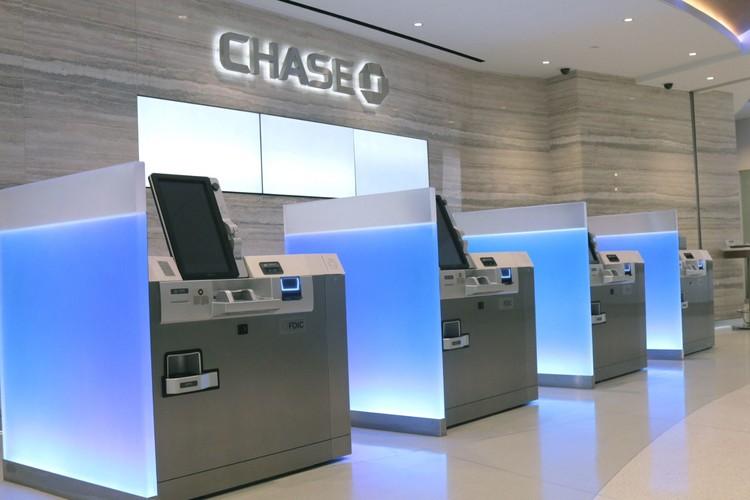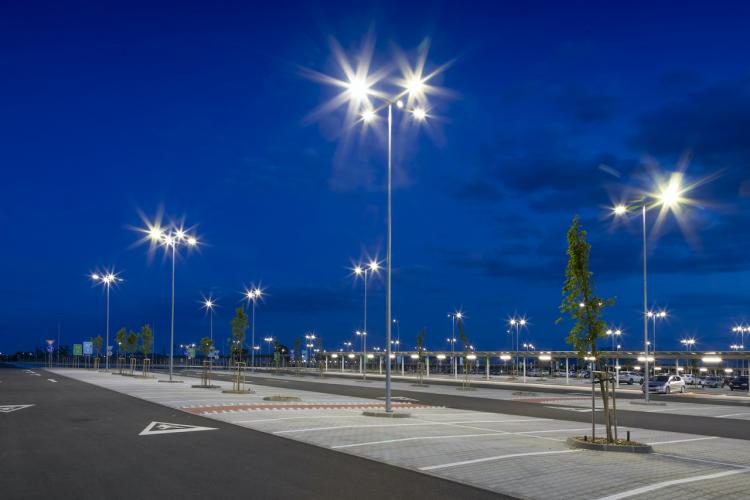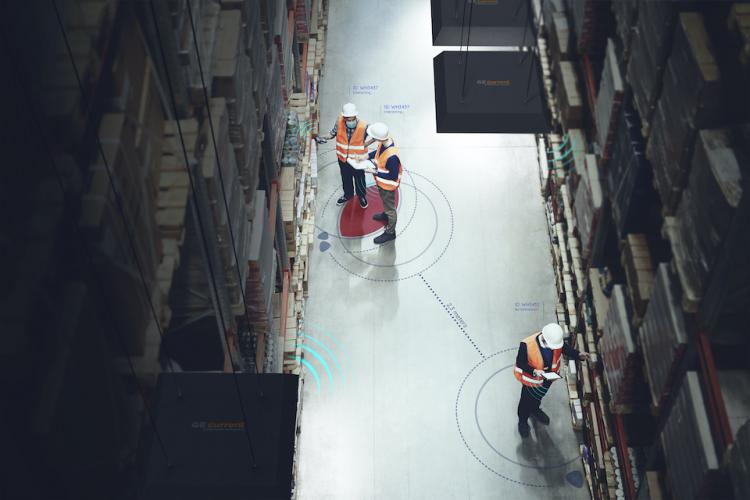Two Keys to a Smart Building Management Solution
Two Keys to a Smart Building Management Solution
If the connected gadgets lining the store shelves and our “smart homes” are any indication, the Internet of Things is here to stay. Despite its propensity to drive value far beyond the single-family residence, the opportunity of “smart building management” remains largely untapped.
Smart building management means enabling a building to function efficiently in a digitally connected world. Improving the performance of the systems—often energy-related—your building relies upon every day not only reduces operating costs, but often enables the people inside the building to work smarter, too. From offices to hospitality or retail spaces to industrial locations, the topic of smart building management is worth exploring.
Getting Smart Is More Accessible Than Ever
Ubiquitous and inexpensive, foraying into connected buildings is easy. Lighting is where many organizations start when creating a smart building management program. Not only are new LED light fixtures energy efficient, they are also easily integrated with sensors that can do everything from detecting room occupancy and ambient lighting conditions to recording data around room usage that’s relayed to cloud-based systems.
Furthermore, some building owners are also integrating on-site solar power generation and energy storage technology, too. Tying both into energy management systems to optimize energy costs by decreasing draw on the electrical grid during pricing peaks. The cost-saving and energy-efficient implications of smart buildings are far-reaching, but of equal importance is the way in which smart buildings are managed.
The Two Keys: Security and Scalability
Ultimately, smart building environments need the right software system tying everything together to maximize the impact of their optimization efforts. It’s about finding the right functionality, certainly, but also a platform that is secure and scalable to meet evolving needs of the building.
Smart Building Security
Security is of utmost importance in smart building management. Whether you’re running critical power plant infrastructure or a B2B SaaS company, preventing cyber security vulnerabilities is necessary. Obviously, security is of critical importance in the banking sphere as well—a facet not ignored by J.P. Morgan Chase & Co. in their recent deployment of smart building management solutions across 4,500 U.S. bank branches.
The team at J.P. Morgan Chase & Co. wanted to bring digital technology to many markets at once, while effectively managing data integrity, resiliency, and cybersecurity risks. But they needed to have confidence that the chosen solution would be secure, on top of agile. So, they decided on a platform with roots in powering mission-critical machines, like power plants and aircraft engines, to help drive greater optimization.
That software—Predix—was initially built as an Industrial Internet platform with a premium on safety, security, and reliability. Because of J.P. Morgan Chase & Co.’s banking infrastructure, their chosen smart building management solution also boasts a quantification and certification process to ensure risk management and the creation of appropriate firewalls to prevent cyber security issues, both during the roll out and beyond.
Scalability Gives Room to Grow
When the right smart building management platform is adopted, you also end up with flexibility to ensure functionality can grow along with your building. But how can you assess scalability? Two easy ways to judge whether or not a solution will scale is whether it’s built on an open platform and the scope of the platforms integration capabilities.
Open platforms offer flexibility and lower ownership costs. They also provide a comprehensive developer environment that enables rapid development and deployment of new applications across a cloud-based environment. Platforms that are open both on the top and the bottom are even better, enabling total access to your data and your choice of ways to gather that data. Open on top means your data isn’t locked in a proprietary system, so you can send it anywhere. While open on the bottom means you take your pick of the multitude of sensors on the market—allowing you to build the best intelligent environment at the lowest cost.
Scalability also hinges on integrations with existing HVAC and enterprise systems. The ideal platform is one that simplifies complex and disconnected building system management in an intuitive way. Smart building management tools deliver enterprise-wide scheduling and building controls, along with centralized management and real-time visibility.
So What? The Results of Smart Implementation
At the end of the day, the right smart building management solution has a multitude of benefits for various stakeholders. Of course, there’s the progress made towards sustainability. But there’s more. Employees benefit with an improved work output. Customers and visitors benefit from a vastly-improved environment.
Mike Norton, Managing Director, Global Real Estate at JPMorgan Chase, explained the outcomes he’s seen come to fruition after their deployment of smart building solutions at thousands of U.S. branches.
“This program is a win-win-win. It’s good for our employees, our customers, and the environment,” Norton said. “From a sustainability standpoint, the LED installation allowed us to cut energy consumption by 50%; the Building Management System installation allowed us to reduce electricity and gas usage by 15% and water usage by 20%.”
“Additionally, these investments will allow our branch employees to spend more time with customers and less time on things that the Building Management Systems now take care of, like running the sprinkler system or the thermostat,” continued Norton. “And finally, these upgrades provide a consistent, comfortable environment for customers who visit our branch.”
The Smart Way Forward
At home, smart devices are chiefly designed to make life easier. In large buildings, however, smart systems yield not only productivity, but cost savings on substantial levels, too. Putting the right smart building blocks in place to enable buildings to be responsive to the way in which they’re being used is not only possible today, but may well be one of the smartest moves a company could make to create lasting value in the environments they interact with each day.
Ready to learn how a smart building management solution could help your offices become more connected?







